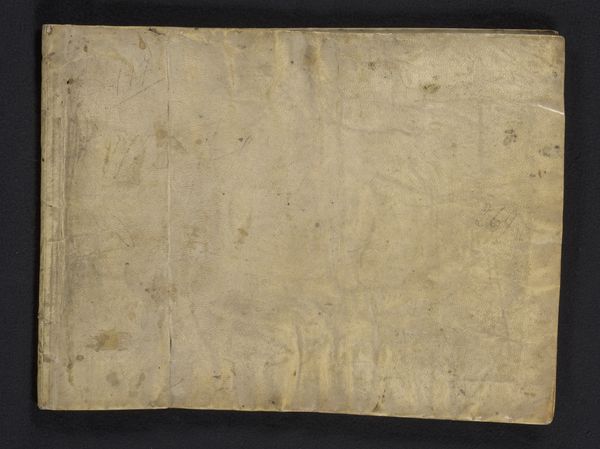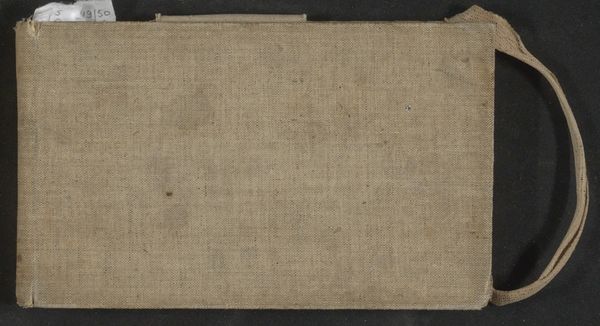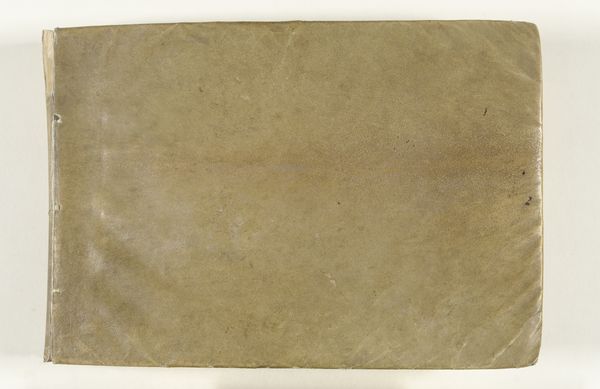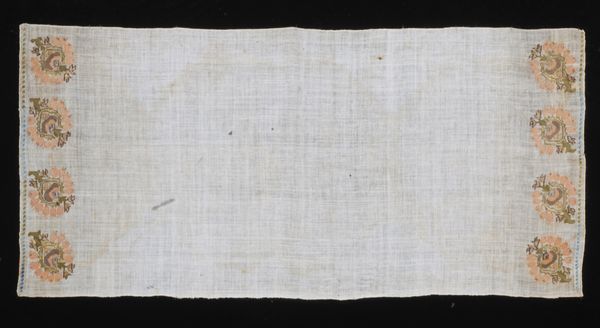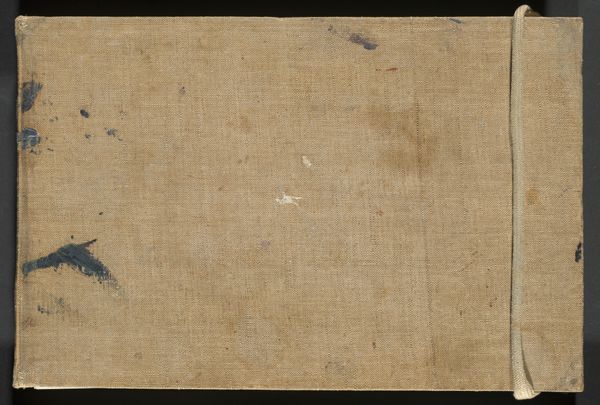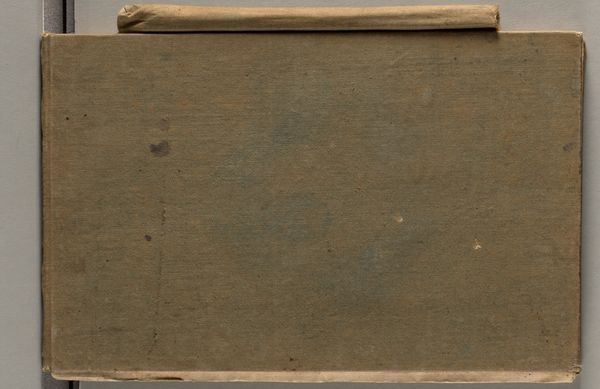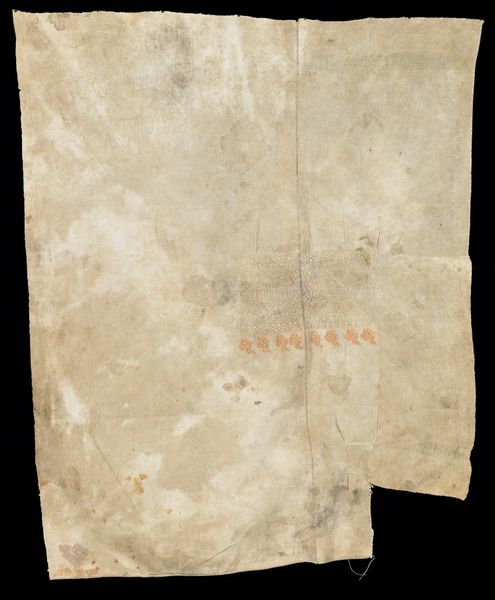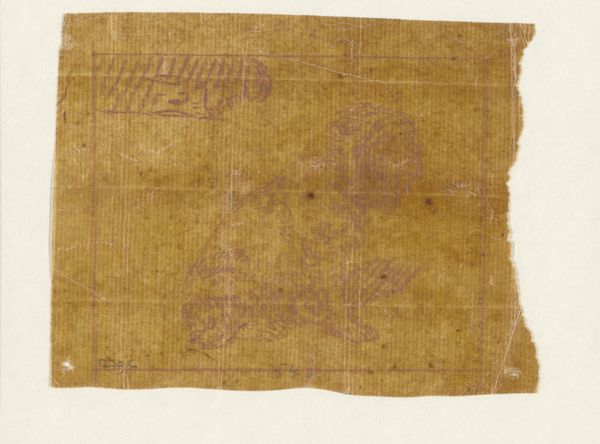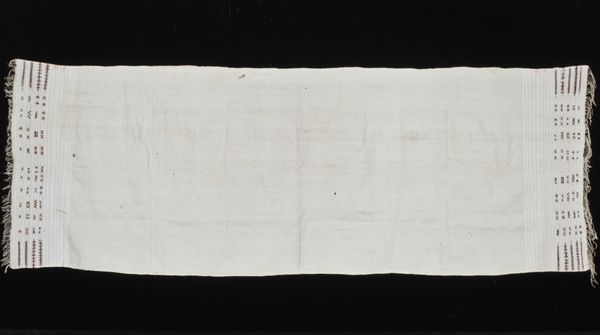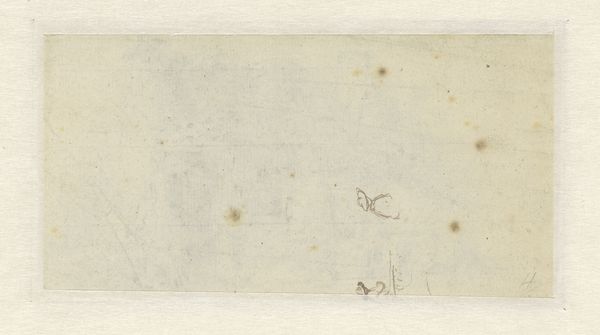
drawing, paper
#
drawing
#
paper
Dimensions: height 28.5 cm, width 22.3 cm, height 17 cm, width 20.5 cm, height 13.3 cm, width 8.5 cm
Copyright: Rijks Museum: Open Domain
Editor: This is "Liebste kinder," a drawing on paper, possibly from 1829, by Henriëtte Solger-gravin van der Gröben. The visible wear and imperfections in the paper give it such a tangible sense of history, don't they? What elements of its materiality stand out to you? Curator: Immediately, I am drawn to the paper itself. Its apparent age and fragile state speak volumes about the social and economic conditions of artistic production in the early 19th century. Was this expensive, high-quality paper or something more readily available? The answer affects our understanding of the artist's resources and choices. And those brown spots--are they inherent to the material, or the result of its environment or storage? Editor: That's a good point about the paper's accessibility. Do you think the type of paper affected the final appearance or reception of the piece at the time? Curator: Absolutely. Consider how paper was manufactured then. What labor went into it? The rags that were its raw materials were often the castoffs of the wealthy, connecting it, ironically, to affluence even as its use by the artist could have signaled something else entirely. The watermark, if any, could tell us where it was produced, giving clues to trade routes and economies. How does the "preciousness" (or lack thereof) of the paper influence our reading of it today? Editor: It's interesting to think about all those factors connected to what I initially saw as a simple background. Thanks, I see so many other possibilities in approaching artworks through their material realities. Curator: It opens up a richer understanding, right? We move beyond the surface and consider the conditions that made it possible.
Comments
No comments
Be the first to comment and join the conversation on the ultimate creative platform.
